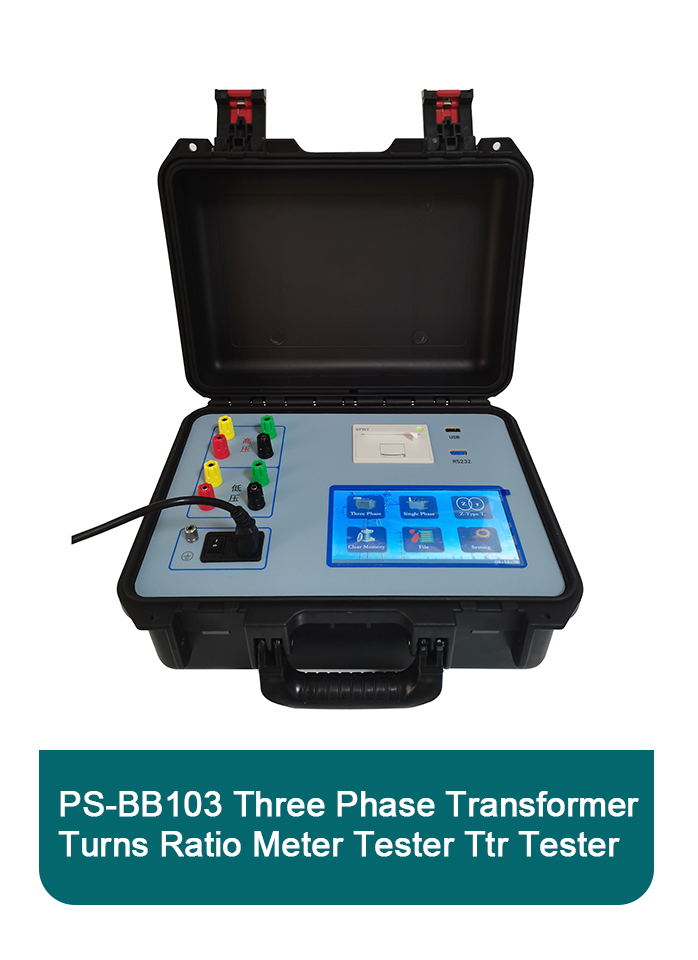 English
English


Gas Chromatography Techniques for Comprehensive Analysis of Volatile Compounds
Gas Chromatography A Powerful Tool for Gas Analysis
Gas chromatography (GC) is a pivotal analytical technique widely employed for the separation and analysis of volatile compounds in a gaseous state. This method is instrumental in various fields, including environmental testing, food and beverage quality control, forensic science, and petrochemical analysis. By harnessing the principles of partitioning between a stationary phase and a mobile gas phase, gas chromatography enables scientists to identify and quantify individual components within complex mixtures.
At its core, gas chromatography comprises a few essential components the injector, the column, the detector, and the data system. The injector introduces the gas sample into the system, where it is typically vaporized and mixed with an inert carrier gas, commonly helium or nitrogen. The vaporized sample is then propelled through the column, which is coated with a stationary phase that interacts differently with each component of the mixture. This differential interaction results in the separation of the compounds as they travel through the column at varying rates.
Gas Chromatography A Powerful Tool for Gas Analysis
After the sample has been separated, the need for quantification arises, which is where detectors come into play. There are several types of detectors used in gas chromatography, including thermal conductivity detectors (TCD), flame ionization detectors (FID), and mass spectrometers (MS). Each type of detector operates on different principles and offers distinct advantages. For instance, the FID is highly sensitive to hydrocarbon compounds, making it a popular choice in petrochemical analysis, while mass spectrometry provides detailed molecular information, offering both qualitative and quantitative analysis.
chromatography gas analysis

The applications of gas chromatography are extensive. In environmental monitoring, GC is vital for detecting pollutants in air, water, and soil samples. Its ability to analyze low concentrations of hazardous substances, such as volatile organic compounds (VOCs), supports regulatory compliance and public health initiatives. In the food industry, GC is employed to evaluate flavor profiles, determine levels of additives or contaminants, and ensure product quality. Forensic laboratories utilize this technique for analyzing gases and residues in criminal investigations, aiding in crime scene analysis and evidence collection.
One of the significant advantages of gas chromatography is the speed and efficiency of analysis. Modern GC systems are equipped with automated sampling and sophisticated data processing software that allows for the rapid analysis of samples. This efficiency not only minimizes the time required to obtain results but also enhances the throughput of laboratories, enabling them to handle more samples in less time.
Moreover, advancements in technology continue to propel the capabilities of gas chromatography. The integration of gas chromatography with other techniques, such as mass spectrometry (GC-MS), has revolutionized analytical chemistry. This combination allows for unparalleled specificity and sensitivity in identifying and quantifying compounds, opening new avenues in research and quality control across various industries.
In conclusion, gas chromatography stands as a cornerstone in the field of gas analysis, providing an indispensable tool for researchers and analysts alike. Its ability to separate, identify, and quantify complex mixtures with precision makes it an essential technique in understanding the composition of gaseous substances. As technology evolves, gas chromatography will undoubtedly continue to advance, driving innovation and discovery in multiple disciplines while enhancing our capacity to address critical challenges in health, safety, and environmental sustainability.
-
Differences between open cup flash point tester and closed cup flash point testerNewsOct.31,2024
-
The Reliable Load Tap ChangerNewsOct.23,2024
-
The Essential Guide to Hipot TestersNewsOct.23,2024
-
The Digital Insulation TesterNewsOct.23,2024
-
The Best Earth Loop Impedance Tester for SaleNewsOct.23,2024
-
Tan Delta Tester--The Essential Tool for Electrical Insulation TestingNewsOct.23,2024





